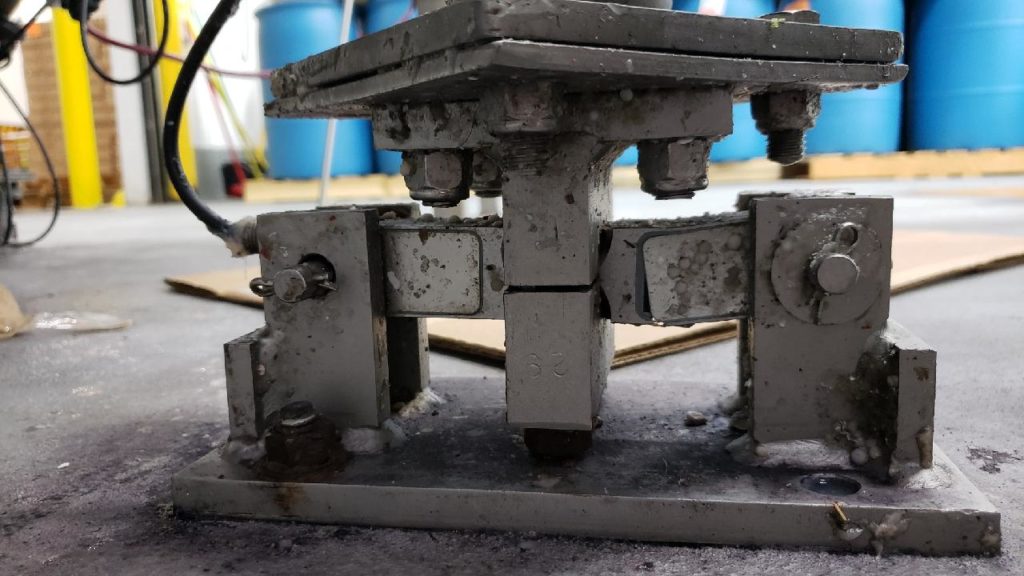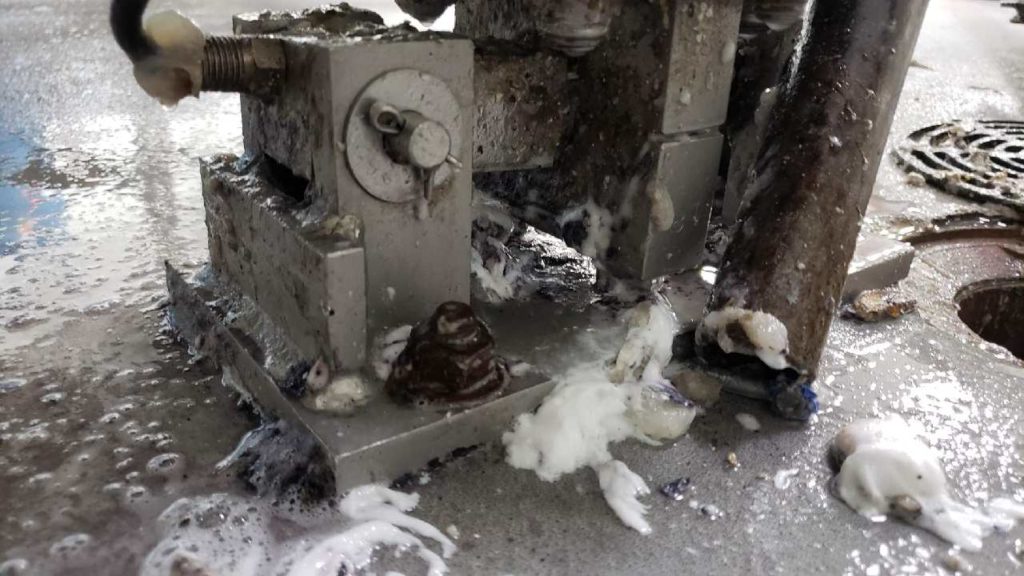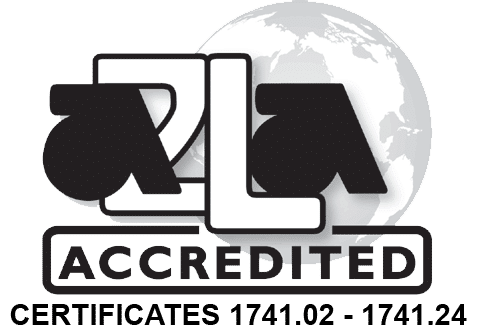Am I Using The Right Load Cell?
How often are you having to replace load cells? You may be using the wrong load cell.
Do you have load cells that repeatedly fail and need to be replaced? In most applications, a properly specified load cell should last for years. Picking the wrong one for your application can lead to broken or strained load cells that aren’t providing you with reliable measurement data. While we always suggest you consult with a professional when selecting load cells, here are a few important considerations:
Capacity
While it may be obvious that you need to determine the capacity needed for the load cells, not everyone takes all the weight into account. In order to not strain or break the load cells you need to know the maximum weight of the material going into the vessel, plus the weight of the vessel itself and any mixers, loaders, etc. that might be connected and adding to the weight. Once you have the total weight you’ll need to divide that by the number of legs on your vessel and that will give you the load cell capacity needed for each load cell.
Static Weighing vs. Oscillating or Mixing
If your vessel is only being used for storage the load will be fairly static. However, if the material is going to be mixed inside the vessel you will need to make sure that the load cells you choose are made to absorb the movement of a mixer and are correctly oriented to handle the direction of the movement. Even the proper load cells can be destroyed if they are oriented incorrectly. Some load cells are made to handle movement in any direction while others are meant to be static or handle movement in only one direction.
The Material Being Weighed
What will you be weighing? Is it water or a corrosive chemical? Knowing the material being weighed is critical in selecting the right load cell. If the material is corrosive or caustic you will want to be sure the load cells are made of stainless steel so they aren’t destroyed if there is a leak. If the material is non-corrosive you may be able to go with the less expensive, mild steel. Some materials (such as chlorine) can eat away at stainless steel at the same rate as they would mild steel. In these cases, it may be more economical to go with the lower-cost option, knowing that it will have to be replaced more regularly regardless of the material.


Environment
As you might imagine, the environment that your load cells will be exposed to can make a big difference when selecting the right product. For instance, if you are in a washdown environment (food & beverage or pharmaceutical) you will need to make sure that your load cells have the proper IP rating to avoid water and chemical damage. If you are in a hazardous environment where there are any flammable dust, fibers, or gas in the air, it is imperative that you make sure your load cells are intrinsically safe and meet the proper guidelines to keep you and your team safe.
If your load cells will be outside it’s important to make sure that they will not be damaged by the elements and that they are properly grounded to avoid damage from lightning strikes. If you happen to be in an area that is prone to high wind you will want uplift protection to avoid damage caused by wind lifting your vessel.
How to Choose?
As we mentioned in the beginning, these are just a few of the considerations that must be taken into account when selecting the right load cell for your application. The best way to choose the right equipment is to talk with a professional and discuss all the details. This way you can make an informed decision and reduce the risk of replacing your equipment unnecessarily due to preventable damage. Contact us today if you’d like to discuss load cells for your application.
See how our team can help improve efficiency, reduce risk, and raise quality in your process.
Latest Articles and White Papers
The reasons for automating manual processes are well known at this point. For tasks that are the 4D’s – dull, dirty, dangerous or difficult to fill – a robot or...

